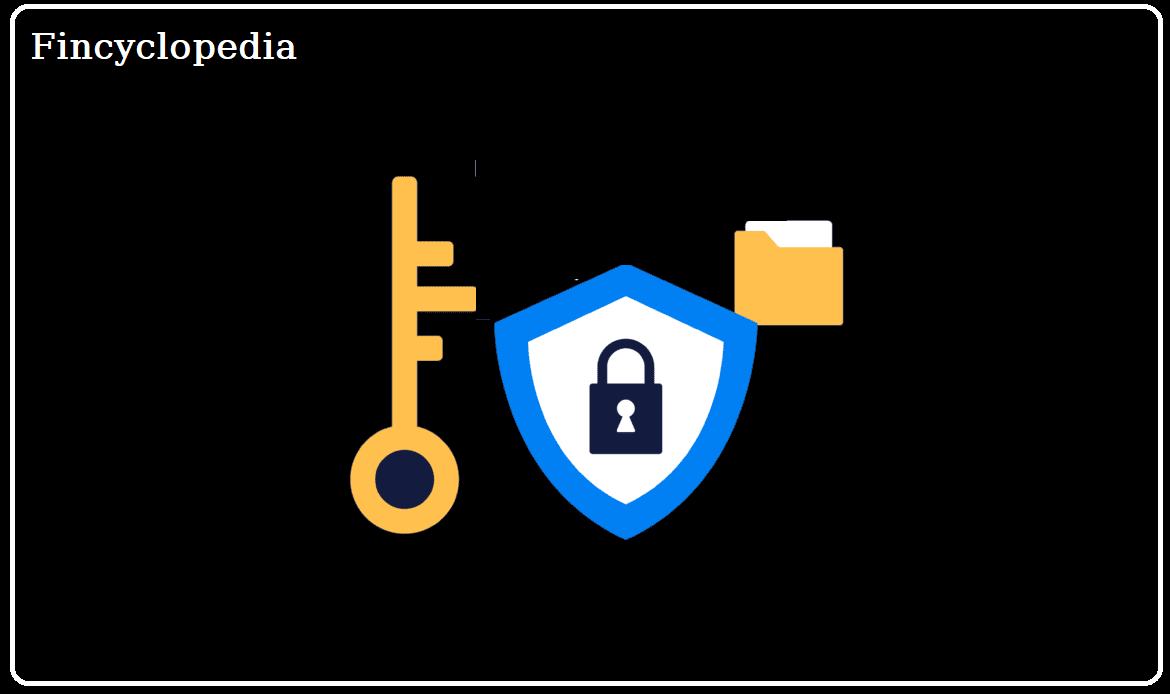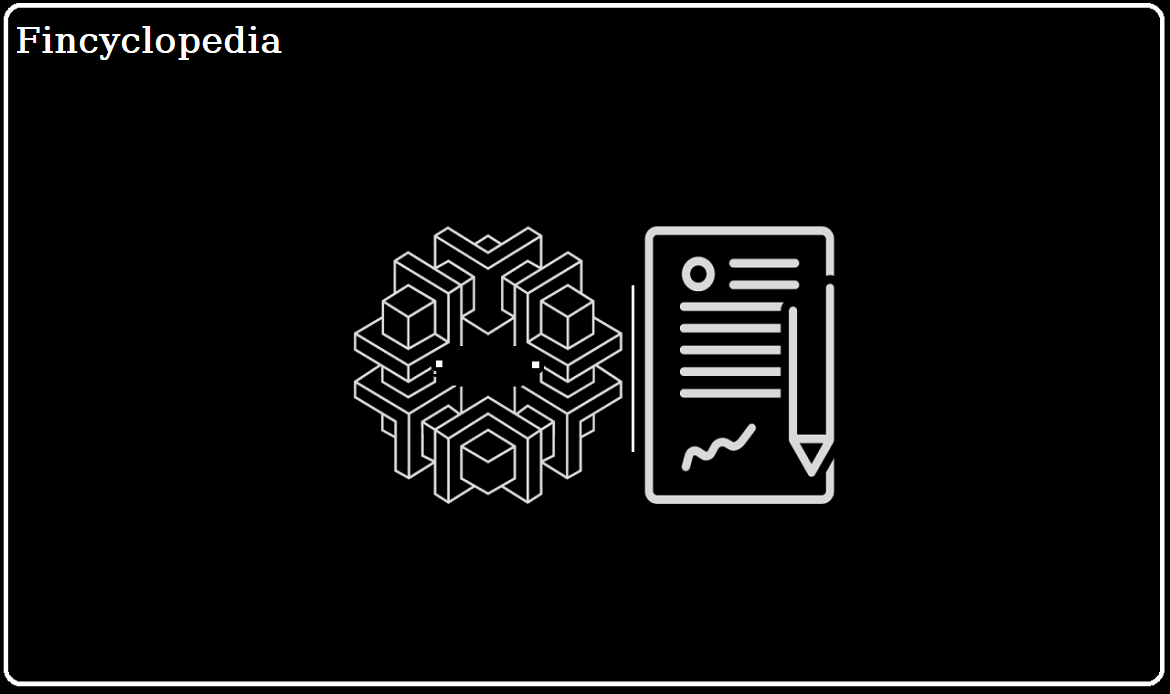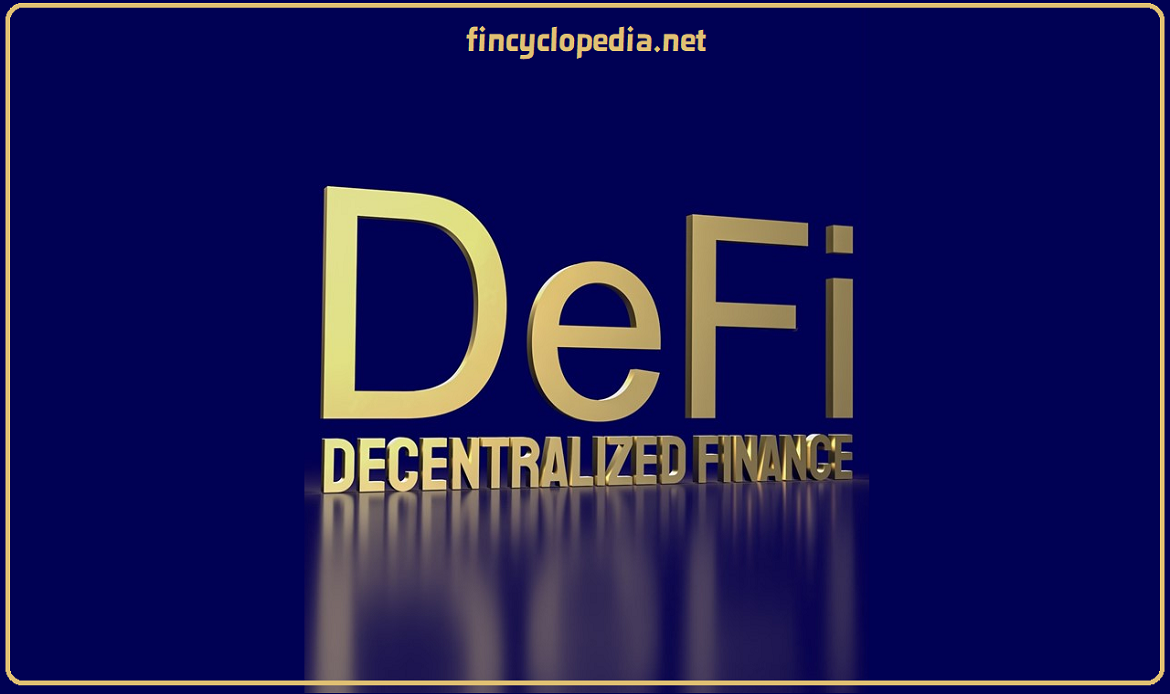
Concept
Debt tokenization is a category of asset tokenization that involves creating a digital form of debt (being a type of real-world assets, RWAs)- i.e., tokens. Tokenization can involve different types of liquid and illiquid assets. Tokens mainly represent crypto assets like cryptocurrencies (Bitcoin or Ethereum), as well as traditional assets like debt, equity, and real estate. Tokenization enhances recording and keeping track of such assets’ details, including dues and the payment due date in a digital receipt format. The tokens (tokenized debt, int this case) can be sold to other lenders on their own. The process does not require the services of centralized financial institutions like banks or brokers. Tokenization also allows a smoother transferability/ tradability of tokenized debts.
Tokenization process
Debt tokenization refers to the process of representing debt instruments, such as bonds or loans, as digital tokens on a network. The creation of digital representation (on-chain presence) allows for fractional ownership, better tradability/ transferability, and enhanced liquidity against off-chain debt instruments. By converting debt into tokens, the public can buy and sell chunks of the debt, bypassing the services of intermediaries (financial institutions). Each token represents a holding in the underlying debt obligation, that trades on-chain, virtually without the traditional barriers or limitations for trading. Debt tokenization can facilitate the issuance process with smart contracts, streamlining certain functions such as payment on schedule and reducing issuance and trading costs. All transactions are recorded on the network ledger, enhancing security and record keeping.
Tokenized debt
A tokenized debt is a form of debt that is issued as digital tokens on a network (blockchain). The underlying debt may represent standardized units of debt (debt securities) or non-standardized arrangements (loans, mortgages, etc.) Tokenized debt usually comes in the form of a tokenized debt security– a type of digital twin token (DTT) that represents an underlying debt security or financial instruments issued on a different platform (such as a traditional CSD or registrar), where such representation itself meetings the applicable definition of a security/ financial instrument under relevant laws. It is a digital version of debts (such as loans or bonds) represented as tokens on a blockchain. Underlying debt may also include structured products that have an element of debt (for more, see: tokenized structured products).
Benefits
In all its forms, tokenized debt is perceived to be a breakthrough innovation in the financial landscape, whereby traditional debts are transformed to a digital format. The process completely changes how debt is issued, managed, and traded. Capitalizing on blockchain technology, the debt instruments provide a host of benefits including enhanced liquidity, cost-effectiveness, and improved transparency, making debt instruments more tradable in the market and more attractive to a broader range of investors. Tokenized debt instruments digitize traditional financial products using blockchain technology, which also enhances efficiency and security. To that end, these instruments utilize smart contracts for automated processes. Furthermore, fractional ownership of tokenized debt lowers investment barriers, making markets widely accessible to different types of investors (for more, see: benefits of tokenized debt).






